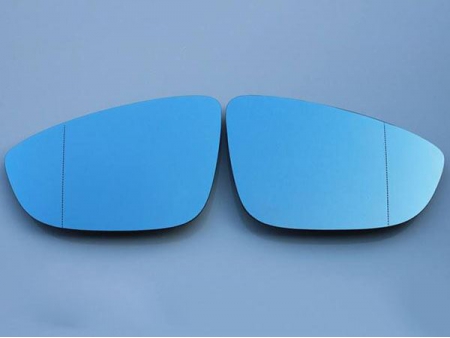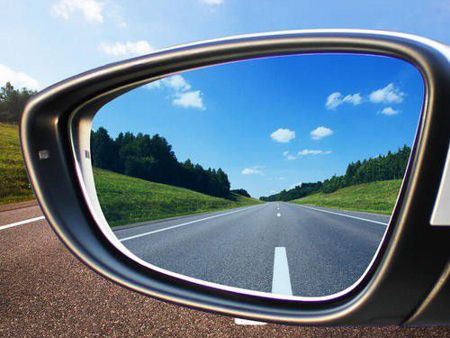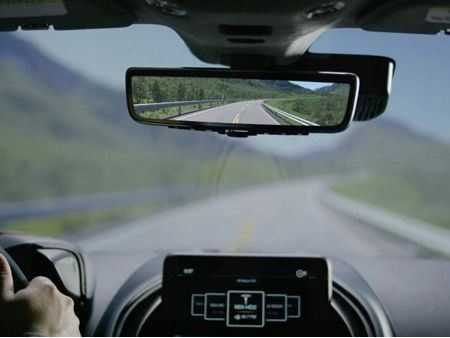Auto Mirror
Thickness: 5 mm, 6 mm, 8 mm
Size: custom size is acceptable
Standard: GB15084-2022 (China) and ECE R46 (Europe)
Auto mirror, or auto rearview mirror, is indeed an essential safety component of any vehicle, providing drivers with a critical means of monitoring their surroundings and expanding their field of vision. The mirror is located on both sides of the front exterior and at the front interior of a car and reflect the situation behind, to the side, and beneath the car. This allows drivers to indirectly see these areas, effectively giving them a “second pair of eyes” to help improve their situational awareness while driving.
When it comes to mirror surfaces, there are generally two main types used in automotive applications: flat mirrors and convex mirrors. Flat mirrors have a planar surface and provide an image that is the same size as the object being viewed. They are commonly used for interior rearview mirrors. Convex mirrors, on the other hand, have a spherical surface with varying degrees of curvature, providing an image that is smaller than the object being viewed but with a wider field of view. This wide-angle lens effect is similar to that of a camera and makes convex mirrors ideal for use in exterior and lower rearview mirrors.
Different types of vehicles require different types of mirrors. Light-duty vehicles such as cars typically have both exterior and interior rearview mirrors, while larger commercial vehicles like buses and trucks often have exterior, lower, and interior rearview mirrors. The design and construction of these mirrors must meet strict requirements to ensure their effectiveness and reliability under a wide range of driving conditions.
Overall, auto mirrors play a critical role in ensuring the safety of drivers and passengers on the road. By providing an additional means of monitoring the surrounding environment, these mirrors help drivers make informed decisions and avoid potential hazards while behind the wheel.




